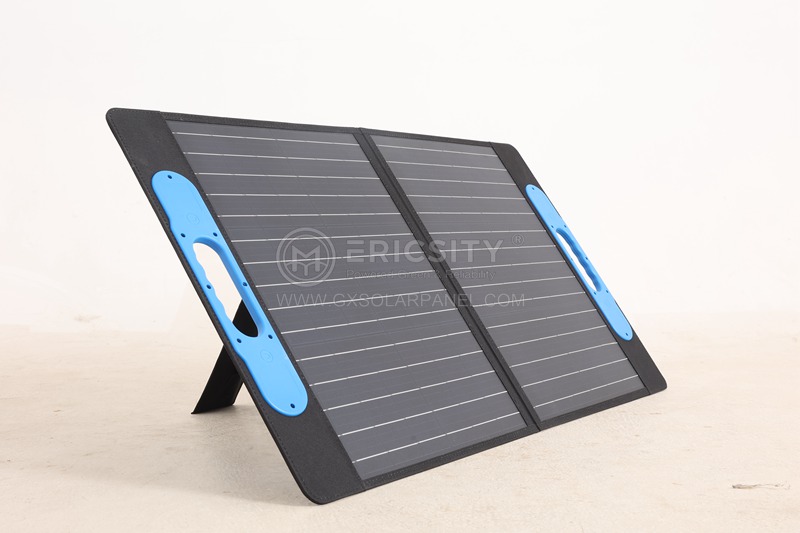HOT PRODUCT
Product Details
Maximizing Efficiency With 1000w Flexible Panels
Title: Maximizing Efficiency With 1000W Flexible Panels
Introduction (50 words)
In recent years, the development of renewable energy technologies has revolutionized the way we harness and utilize power. Among the various options available, flexible solar panels have gained significant attention due to their versatility and potential for maximized efficiency. This article explores the advantages and applications of 1000W flexible panels in achieving enhanced energy conversion.
1. What are flexible solar panels? (100 words)
Flexible solar panels, also known as thin-film solar panels, are lightweight and bendable alternatives to conventional rigid panels. They are made by depositing a thin layer of photovoltaic material onto a flexible substrate, such as plastic or metal. Unlike traditional solar panels, flexible panels have greater design flexibility and can be integrated into various curved or irregular surfaces, enabling them to be used in unconventional locations.
2. Advantages of 1000W flexible panels (150 words)
a) High energy yield: With a power output of 1000W, flexible panels can generate substantial amounts of electricity, making them ideal for residential, commercial, and industrial applications.

b) Lightweight and portable: These panels are significantly lighter than rigid counterparts. Their flexible nature allows for easy transport and installation, making them suitable for mobile applications like RVs, boats, or even backpacks for hikers and campers.
c) Increased design options: Due to their flexibility, these panels can conform to different surface shapes, expanding the possibilities for solar integration in architectural designs, curved roofs, or even clothing items.
d) Enhanced durability: When compared to traditional panels, flexible panels are less prone to damage caused by external factors like wind, snow, and debris. They can withstand bending, twisting, and minor impacts, ensuring a longer lifespan.

3. Applications of 1000W flexible panels (200 words)
a) Residential rooftops: Flexible solar panels can be mounted on curved or different-textured rooftops, giving homeowners more options for harnessing solar energy efficiently.
b) Transportation: These panels can be utilized in the automotive industry, powering electric vehicles (EVs) and extending their range through solar charging. Additionally, they can be integrated into the design of public transportation, such as buses and trams, to support sustainable urban mobility.
c) Off-grid systems: Due to their lightweight and portable nature, flexible panels are suitable for off-grid locations or emergency situations where access to traditional power sources is limited.
d) Marine applications: With their inherent flexibility and corrosion resistance, flexible panels can be easily integrated into boats and yachts, providing power for appliances, lighting, and navigation systems.
e) Wearable technology: Flexible panels can be incorporated into clothing, backpacks, or accessories to charge portable devices, making them convenient for outdoor enthusiasts and hikers who require power for communication or emergency purposes.
Conclusion (100 words)
The emergence of 1000W flexible solar panels has given rise to countless possibilities for maximizing energy efficiency in various domains, from residential rooftops to mobile applications. With their lightweight, bendable nature and high power output, these panels offer enhanced design flexibility, increased durability, and improved energy yield. As the technology continues to evolve, we can expect further advances in efficiency and cost-effectiveness, ultimately driving the widespread adoption of flexible panels as a sustainable energy solution.




